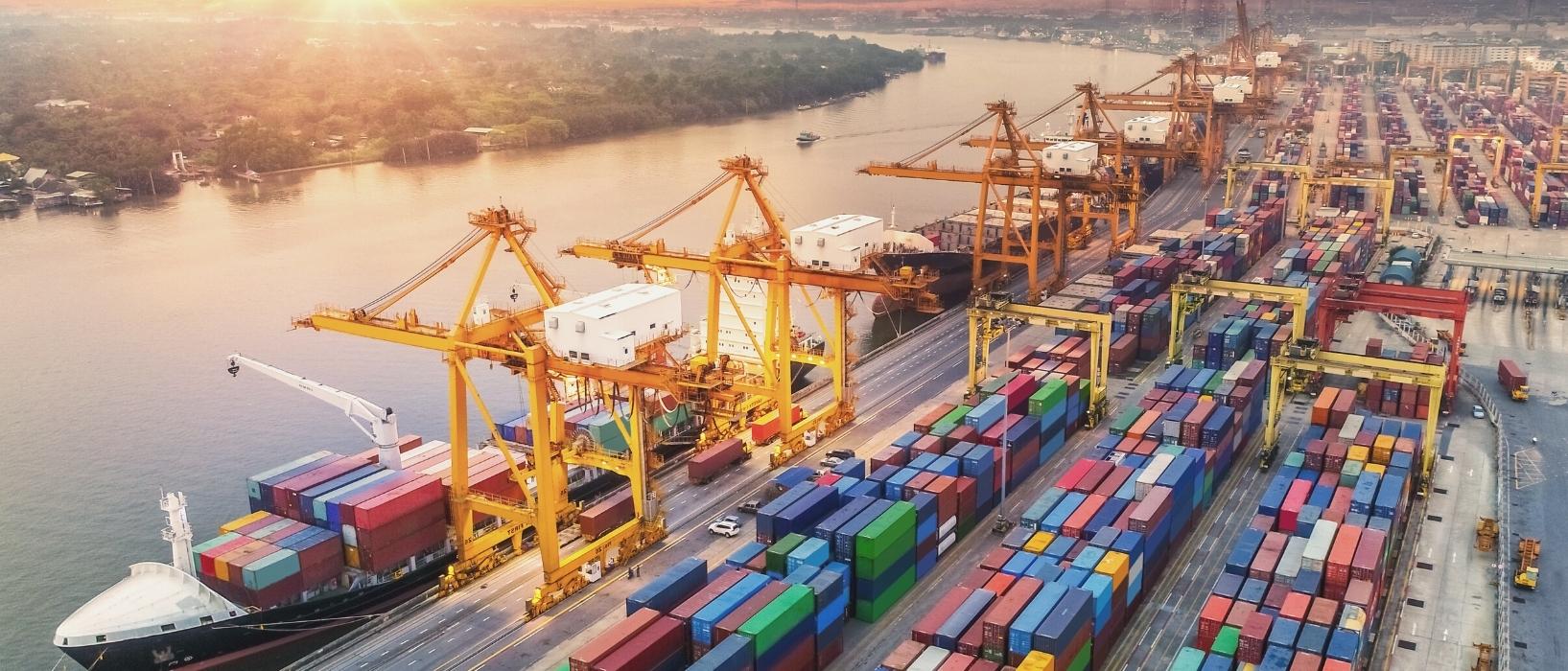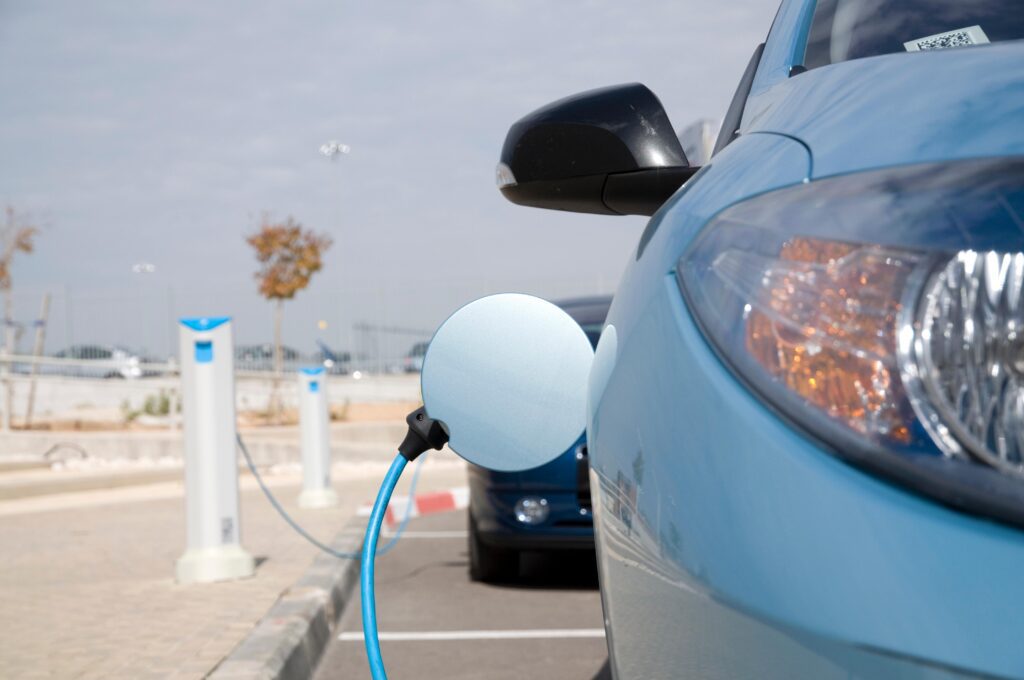
COP26 may be starting to wind down, but today’s theme was still one of the most highly anticipated; transport.
The transition to electric vehicles, in particular, took a front seat, with 32 nations and hundreds of businesses, cities, and regions all signing up to end petrol and diesel vehicle sales by 2040.
The declaration also states that all new vehicle sales should be zero-emission by 2035 in leading markets if we are to achieve total net-zero by 2050. All other markets have a deadline of 2040.
Developed nations have committed to announcing their own bans on emission-heavy vehicles as soon as possible while emerging and developing markets state that they will ‘work intensely’ and collaborate with other nations to ensure a speedy and just transition.
It is important to note that the world’s three largest care markets, the U.S., Germany, and China, have not signed this declaration.
Automotive manufacturers also committed to developing a business strategy for transition to a 100% zero-emission vehicle portfolio by 2035. Companies signed up include Ford, Jaguar Land Rover, Mercedes-Benz, and Volvo Cars.
Sadly, however, there were noticeable absences here too. This includes BMW along with four of the world’s five largest carmakers; Volkswagen, Toyota, the Renault-Nissan alliance, and Hyundai-Kia.
Despite this, the U.K. Government is still forecasting that zero-emission vehicles will account for 40% of all car sales in 2040.
Road transportation was not the only focus. Aviation, despite accounting for only 3% of total global emissions, is seen as a hard-to-abate and exponentially growing sector.
Because of this, we saw a number of commitments being made. This included nations and states, which together represent more than 40% of global aviation emissions, pledging to develop a new 1.5C-aligned joint emissions target for COP26.
Moreover, a coalition of aviation firms has unveiled new measures to scale-up supply chains for sustainable aviation fuel.
The approach to reducing aviation emissions will be based on pursuing technological solutions rather than capping growth on the sector, an approach which has been pushed by green campaigners and the U.K. Government’s own Climate Change Committee.
Canada, France, Ireland, Japan, Spain, Turkey, the U.S., the U.K., Korea, Norway, the Netherlands, Morocco, the Maldives, Kenya, Finland, Costa Rica and Burkina Faso have all signed up so far.

In other big news today, the COP26 Presidency Unit has published the draft “cover decision” of negotiations. This sets out what negotiators at the two-week summit hope will be the outcome of a new and strengthened approach to climate action.
The draft “welcomes” many of the major announcements at COP26 to date, including funding commitments on adaptation and pledges on deforestation, but calls on nations to “revisit and strengthen” their 2030 targets by 2022 if we are to keep warming below 1.5C.
It also “expresses alarm and concern that human activities have caused around 1.1C of global warming to date” and stresses the “urgency of increased ambition and action” across key themes such as mitigation, adaptation and finance.
In particular, the document “notes with regret” the missing of the $100bn financing targets and calls for greater support via grants rather than loans to mobilise climate finance for developing nations.
Mentions of fossil fuels are noticeably fleeting, although this is unsurprising as the Paris Agreement itself doesn’t officially mention fossil fuels.
It does at one point, however, call upon nations “to accelerate the phasing out of coal and subsidies for fossil fuels”.
Another noticeable inclusion is a “work programme” to urgently scale up ambitions over the next decade through key discussions at future COPs.
This includes encouraging nations who are yet to do so to update their Nationally Determined Contributions (NDCs) by November 2022. Negotiators are also requesting that annual synthesis reports be issued, starting next year at COP27.
The overall reaction to the document has been very split, with Greenpeace labelling it “exceptionally weak”.
Climate Action Tracker just yesterday published a new analysis of the temperature pathway of commitments made at COP26, stating that they are likely to result in 2.4C of warming.
The International Energy Agency had put the pathway at 1.8C but did not fully factor in that most long-term net-zero plans from nations do not have credible delivery plans.
As such, the world is still only on the threshold of the lesser 2C target of the Paris Agreement, and there are some serious doubts as to whether negotiators can sufficiently ramp up ambitions in time.
In related news, the Beyond Oil and Gas Alliance launched today, although no new nations have joined during COP26.
This initiative, spearheaded by Costa Rica and Denmark, aims to set an end date for new oil and gas licensing, similarly to the Powering Past Coal agreement last week.
So far, France, Ireland, Wales, Sweden, Greenland, Quebec, California, and New Zealand have all declared their support for the move, although the U.K. is noticeably absent.
If you missed yesterday’s COP26 news, you can read Play it Green’s coverage of it here, and we’ll be back again tomorrow for the final update.




